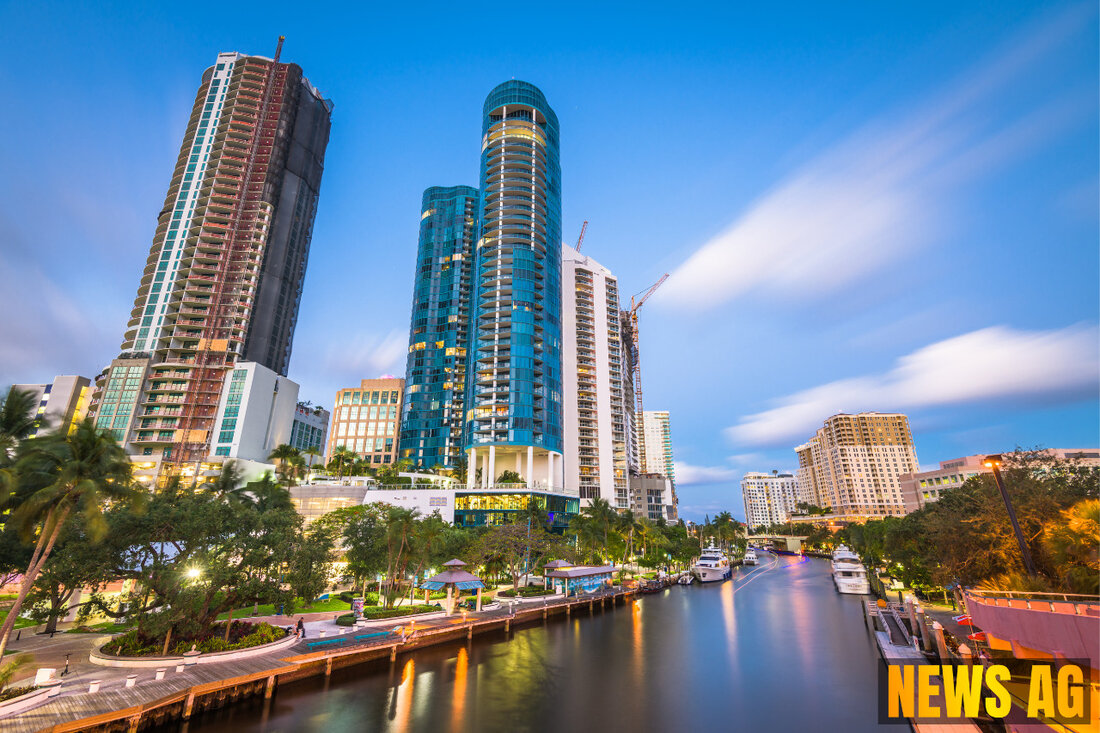Buc-ee's 100-Foot Sign Sparks Controversy Over Sea Turtle Safety
Buc-ee's plans a new location in Fort Pierce, raising sea turtle nesting concerns due to light pollution from a proposed 100-foot sign.

Buc-ee's 100-Foot Sign Sparks Controversy Over Sea Turtle Safety
In a buzzing atmosphere of commerce and concern, Buc-ee’s, the famed Texas gas station chain, is poised to open a new location in St. Lucie County, Florida. This giant will house a 76,245-square-foot retail store with 778 parking spots and a flashy 100-foot-tall sign that has caught much attention—or rather, raised eyebrows—among environmental advocates.
Buc-ee’s plans have been in the works since 2023, but as the construction gears up, worries about light pollution affecting sea turtle nesting on Fort Pierce beaches are coming into sharper focus. Notably, this towering sign is about nine miles from the shore, raising concerns that while it may not directly disorient hatchlings, it contributes to the overall light pollution that disrupts these delicate ecosystems. Liberty L. Boyd, a sea turtle research specialist, has emphasized that such artificial light can deter mother turtles from nesting and confuse hatchlings trying to find their way to the ocean after hatching. As TCPalm reports, these concerns led to a heated debate at the St. Lucie County Commission, which voted 4-1 in September 2024 to change zoning laws to permit this massive sign, despite previous regulations capping height at 10 feet.
Looming Shadows on the Beach
Light is a fascinating topic, playing a crucial role not just in our daily lives but also in the broader ecological context. As documented by Britannica, light is electromagnetic radiation that can be both a creator and a destroyer. It warms our planet, drives weather, and allows photosynthesis in plants. Yet, when it comes to protecting wildlife, especially in coastal areas, artificial lighting becomes a double-edged sword.
Just as light can illuminate our surroundings, it can also mislead sea turtles, which instinctively head toward the brightest light. Under natural conditions, these tiny hatchlings would find their way to the ocean by following the moonlight reflected on the water’s surface. However, bright lights from commercial sites can lead them astray, posing risks of predation or overheating if they can’t reach the water quickly enough. These phenomena were witnessed at other Buc-ee’s locations, like the new Brunswick site in Georgia, where high mast lights caused hatchlings to head in the wrong direction, proving detrimental to the local turtle population. The situation there has led to a pattern of increased misorientation due to artificial lighting, a serious concern echoed by many environmentalists as they watch Buc-ee’s expand along coastal regions.
Community Impact and Future Considerations
While Buc-ee’s brings promise of economic benefits—with job creation and increased tax revenue—it also creates tension between economic growth and ecological preservation. Many county officials and community members may find themselves weighing immediate economic gains against long-term environmental impacts. In Georgia, residents have been vocal about the effects of Buc-ee’s lighting on both sea turtles and migratory birds, highlighting that light pollution reaches beyond the shores to disrupt entire ecosystems.
The anticipation surrounding Buc-ee’s in St. Lucie County is palpable, but so is the concern for our natural beaches and the fragile life that thrives there. The Florida Wildlife Commission may need to contemplate stricter regulations not just around new construction but particularly around environmental lighting standards. It’s clear that Buc-ee’s marquee is not merely a sign of commerce; it’s a beacon illuminating the crucial debate of nature versus development—one that will shape our beaches and ecological future.
As locals ponder the implications of a 100-foot sign, the collective question remains: can the allure of Buc-ee’s coexist with the care of our precious sea turtles? With more developments expected in the future, this conversation is only just beginning.

 Suche
Suche
 Mein Konto
Mein Konto